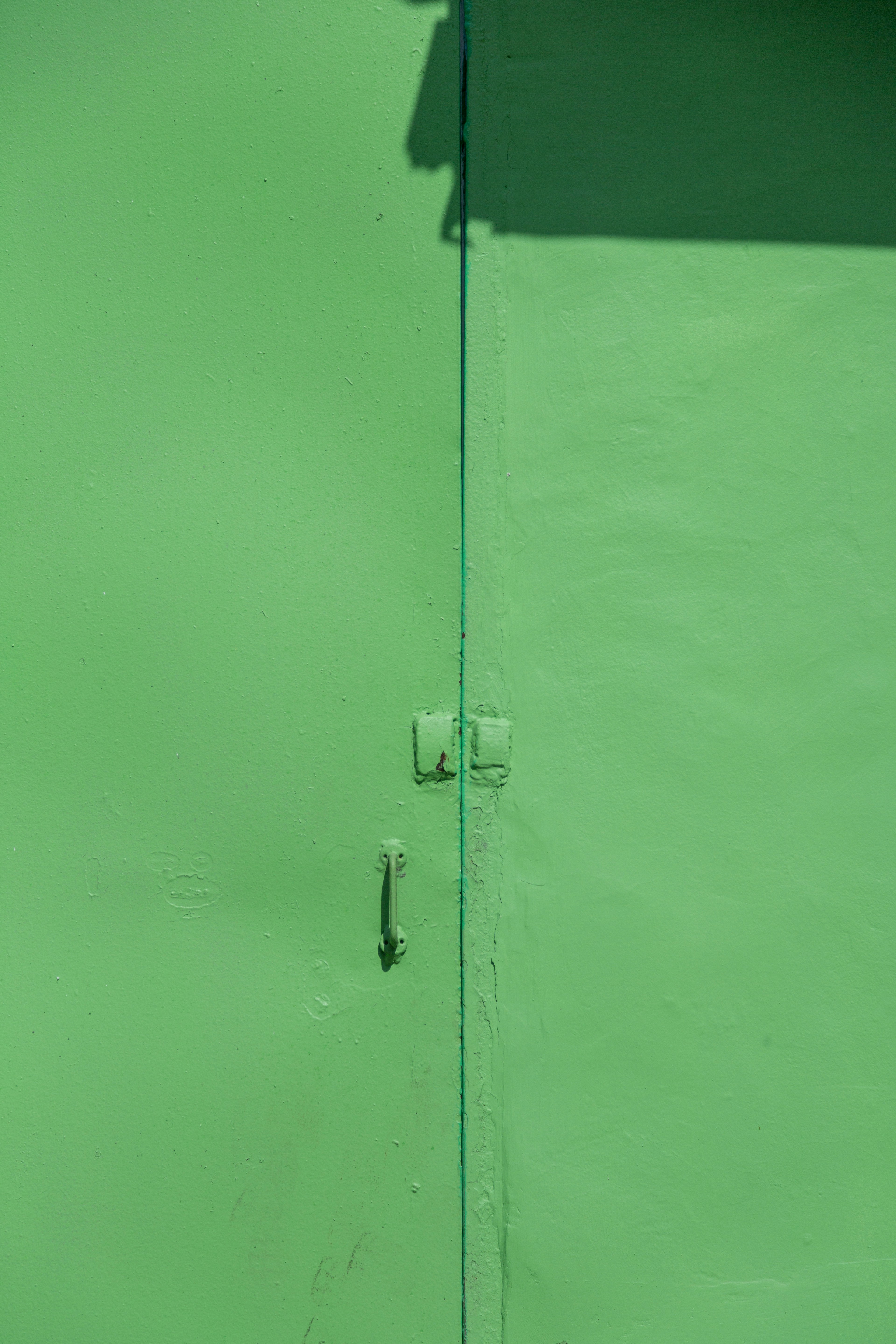What are hotel distribution strategies?

Hotel Distribution Strategy: How to Sell Rooms Profitably
You can’t just connect to a few OTAs and hope for the best. A hotel distribution strategy is about carefully selecting and managing the right mix of booking channels to maximize occupancy, profitability, and guest reach.
What Is a Hotel Distribution Strategy?
A hotel distribution strategy defines the channels through which a property sells its rooms—both online and offline. The goal is not just visibility, but profitability. Choosing the right channels ensures acquisition costs remain lower than the revenue they generate.
Best Hotel Distribution Channels
The strongest distribution strategies balance direct bookings with third-party channels. Here are the main options:
1. Direct Channels
These include your hotel website, booking engine, emails, phone reservations, and social media. Direct bookings should always be a priority—no commissions, more control, and stronger guest relationships.
✔ Ensure your website is mobile-friendly
✔ Make the booking process seamless
✔ Use social media campaigns and loyalty discounts to drive direct sales
2. Online Travel Agencies (OTAs)
Booking.com, Expedia, and niche platforms like Hostelworld or BringFido (for pet-friendly stays) expand reach instantly. OTAs are essential, but don’t let them dominate your mix—balance them with direct channels to reduce commission costs.
3. Global Distribution Systems (GDS)
Sabre, Amadeus, and Galileo connect hotels to travel agencies worldwide. Ideal for capturing corporate and business travel markets.
4. Metasearch Engines
Google Hotel Ads, Trivago, and TripAdvisor display rates across OTAs and direct channels, influencing guest booking decisions. Optimizing here can increase both OTA and direct reservations.
5. Tour Operators
Often package deals including flights, transfers, and activities. Useful for reaching group or leisure travelers, though typically offered at discounted rates.
How to Build a Profitable Distribution Strategy
1. Define Business Objectives
Decide what you want to achieve:
- Higher occupancy in low season
- More local “staycation” guests
- Increased direct bookings
2. Know Your Guests
Use data from your PMS to analyze:
- Countries your guests book from
- Preferred OTAs (e.g., Expedia for US travelers, Agoda for Asian markets)
- Traveler type (backpackers use Hostelworld, families prefer Booking.com)
This helps you invest in the right channels for each audience segment.
3. Track Acquisition Costs
It’s not enough to be listed—you need to know which channels are profitable. That’s where NetRevPAR comes in:
NetRevPAR = (Room Revenue – Distribution Costs) ÷ Available Rooms
Distribution costs include OTA commissions, CPC campaigns, or marketing spend. By calculating NetRevPAR, you can see which channels generate true profit and which drag margins down.
Why Technology Matters
Managing multiple channels manually is overwhelming. A revenue management system (RMS) like Pricepoint can help you:
- Optimize rates for each channel in real time
- Balance direct vs OTA bookings
- Automatically push prices to PMS and OTAs
- Track competitive positioning
Final Thoughts
A profitable hotel distribution strategy is about more than being everywhere—it’s about being where it counts. Focus on the mix of channels that lower acquisition costs, boost occupancy, and maximize revenue.





